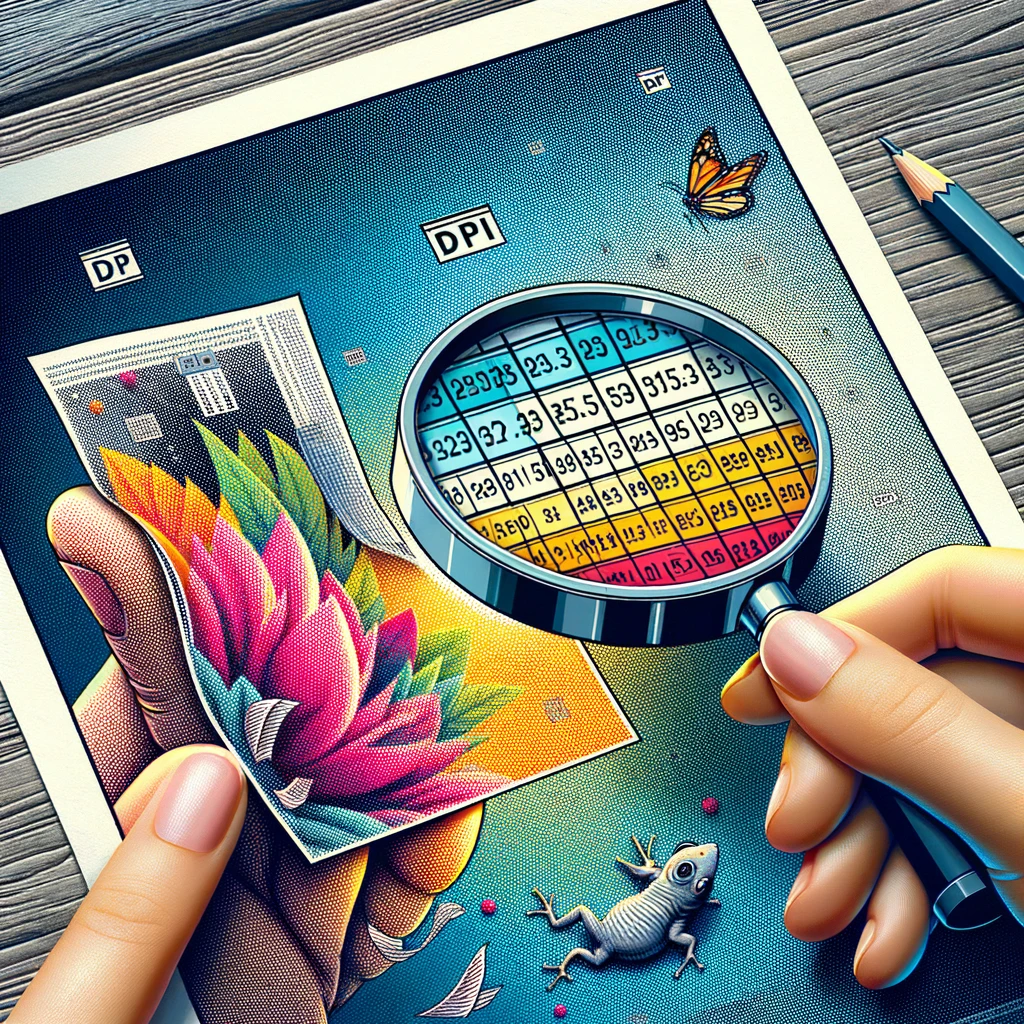Changing the DPI (Dots Per Inch) in Photoshop is a critical step for professionals working in both digital and print media. DPI is a measure of an image’s resolution and directly impacts its quality and clarity, especially in printed formats. By understanding how to change DPI effectively, you can ensure your images meet the necessary standards for various applications.
What Does DPI Stand For?
DPI stands for Dots Per Inch, which measures an image’s resolution in terms of print size. A higher DPI means a denser distribution of dots in a given inch, which typically leads to a clearer and more detailed image. This is especially important in professional printing, where high resolution is required to achieve the best quality in physical copies.
The Importance of DPI in Professional Settings
When planning to print artwork or photographs, changing the DPI is essential. The standard DPI for high-quality prints is 300, which is considered optimal for producing clear and detailed print outputs. However, for web images, a DPI of 72 is often sufficient, as screen displays generally require lower resolution.
Step-by-Step: Changing DPI in Photoshop
While the detailed steps to change DPI are straightforward, understanding when to adjust your DPI settings enhances your workflow efficiency. For instance, before sending an image to a printer, you might need to increase the DPI to meet specific print quality requirements. Conversely, lowering the DPI can be useful for reducing file sizes for web use without significantly affecting the visual quality on digital platforms.
When to Adjust Your DPI Settings
Knowing when to adjust your DPI settings can save time and ensure your images are optimized for their final use. For projects that involve both print and digital mediums, you may need to create different versions of an image with appropriate DPI settings. This dual approach ensures that your work maintains high quality across various formats.
Common Challenges in Changing DPI
While changing DPI is generally straightforward, issues can arise if the original image does not have sufficient resolution to begin with. Increasing the DPI of a low-resolution image can lead to pixelation and loss of quality. Therefore, it’s important to start with images that have adequate resolution for your intended use.
If you encounter difficulties or need to ensure precise adjustments, consider seeking professional advice. At Athena, our Photoshop experts can guide you through the process of changing DPI and other advanced editing techniques. They offer real-time support to help you achieve perfect results for any project.
Mastering how to change DPI in Photoshop not only ensures that your images are print-ready but also enhances their quality for digital viewing. Whether you’re preparing images for a gallery, a magazine, or online content, understanding DPI adjustments is essential for delivering professional-grade work.
Get Expert Help Now